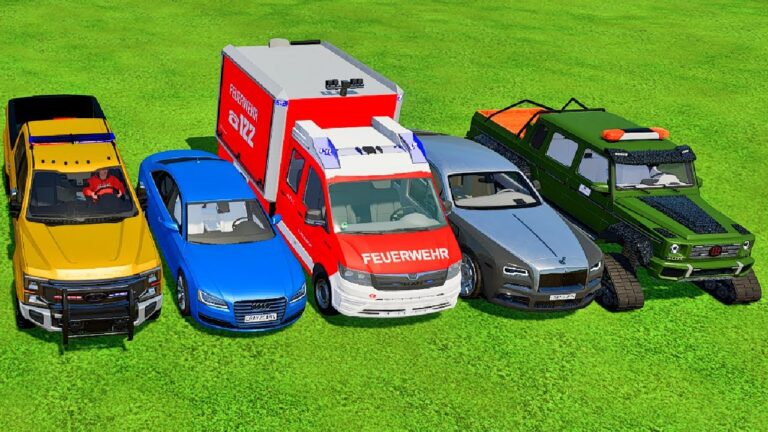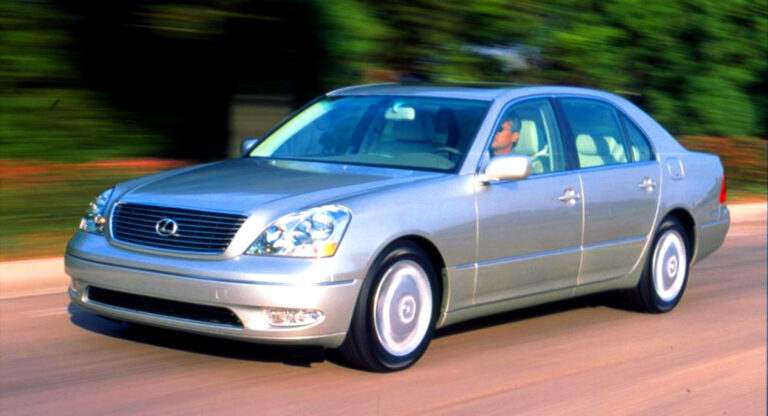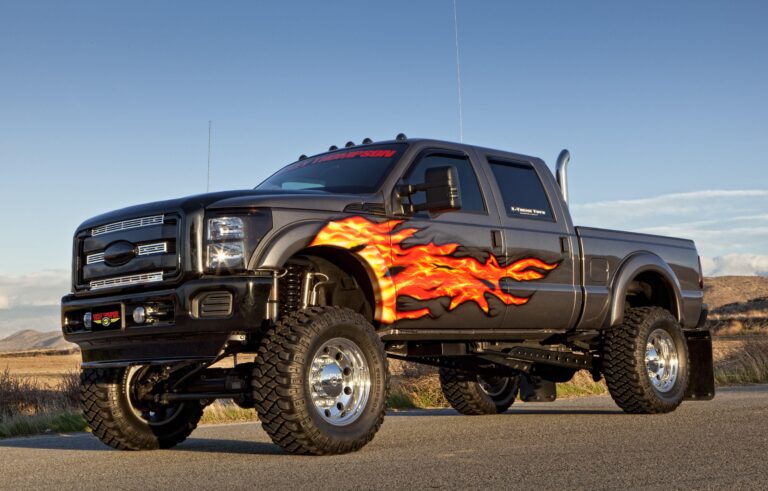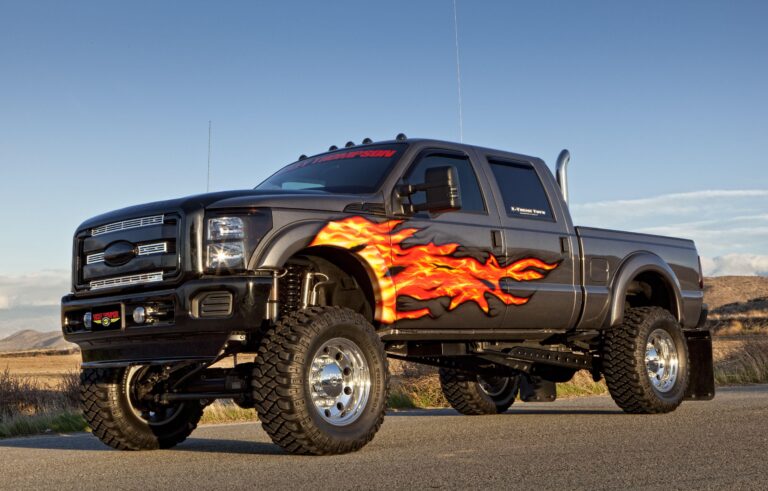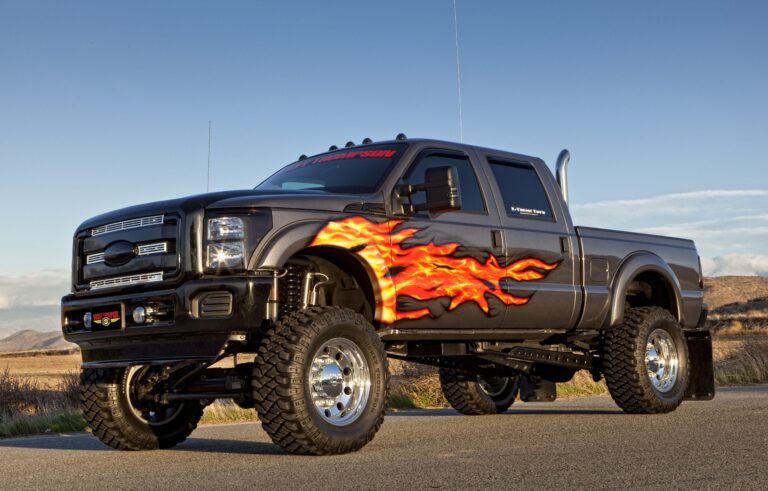The Ultimate Truck Canopy Guide: Elevating Your Truck’s Utility and Protection
The Ultimate Truck Canopy Guide: Elevating Your Truck’s Utility and Protection cars.truckstrend.com
For truck owners, the bed of their vehicle is a canvas of utility, a space ripe for hauling, working, and adventuring. However, leaving that space exposed to the elements, prying eyes, or the whims of unsecured cargo can significantly diminish its potential. Enter the truck canopy – also known as a truck topper, truck cap, or camper shell. Far more than just a lid, a truck canopy transforms your open bed into a secure, weather-protected, and organized cargo area, vastly expanding your truck’s versatility and value.
This comprehensive guide will navigate you through everything you need to know about truck canopies, from understanding their diverse types and essential features to making an informed purchase and ensuring proper installation and maintenance. Whether you’re a tradesperson, an outdoor enthusiast, or simply seeking enhanced security for your everyday hauls, a truck canopy is an investment that pays dividends in protection, utility, and peace of mind.
The Ultimate Truck Canopy Guide: Elevating Your Truck’s Utility and Protection
Why Invest in a Truck Canopy? Unlocking a World of Benefits
The decision to add a canopy to your truck often stems from a specific need, but the benefits quickly reveal themselves to be far broader than initially imagined.
- Superior Cargo Protection: This is perhaps the most obvious advantage. A canopy shields your tools, gear, groceries, or luggage from rain, snow, dust, and harsh UV rays, keeping them dry, clean, and safe from weather-related damage.
- Enhanced Security: An open truck bed is an invitation for theft. A locked truck canopy provides a significant deterrent, securing your valuable cargo behind solid walls and a locking mechanism, making it much harder for opportunists to access.
- Increased Cargo Organization & Volume: Many canopies offer interior lighting, carpeted linings, and even shelving options, allowing for better organization of your gear. High-rise canopies dramatically increase the enclosed cargo volume, making it possible to haul taller items that wouldn’t fit under a tonneau cover.
- Improved Fuel Efficiency (Potential): While debated, some studies suggest that a well-designed truck canopy can improve aerodynamics by smoothing airflow over the truck bed, potentially leading to a marginal increase in fuel efficiency, especially at highway speeds.
- Versatility for Work & Play:
- Work: Tradespeople can transform their truck into a mobile workshop, protecting tools and equipment. Commercial canopies with side access doors and interior bins are particularly valuable.
- Recreation: Campers can create a dry, secure sleeping space, while outdoor enthusiasts can safely transport bikes, fishing gear, or hunting equipment, often with the aid of roof racks.

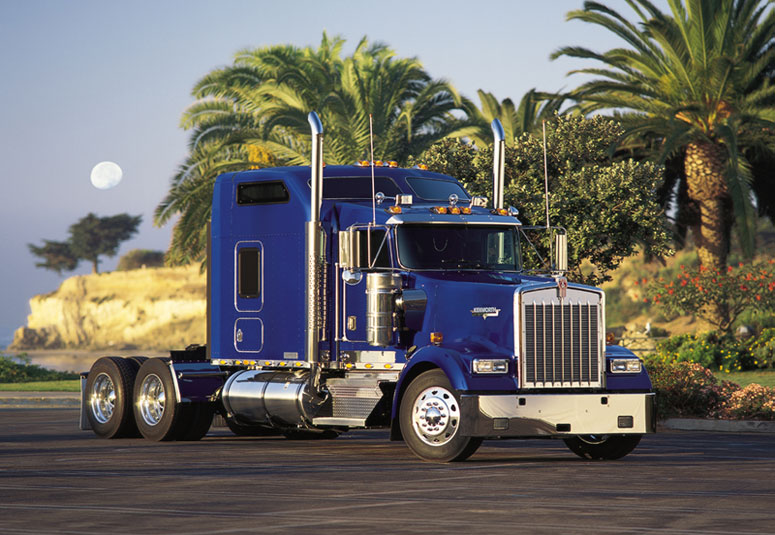
Decoding the Types of Truck Canopies: Materials and Designs
Truck canopies come in a variety of materials and designs, each offering distinct advantages based on your needs and budget.
By Material:
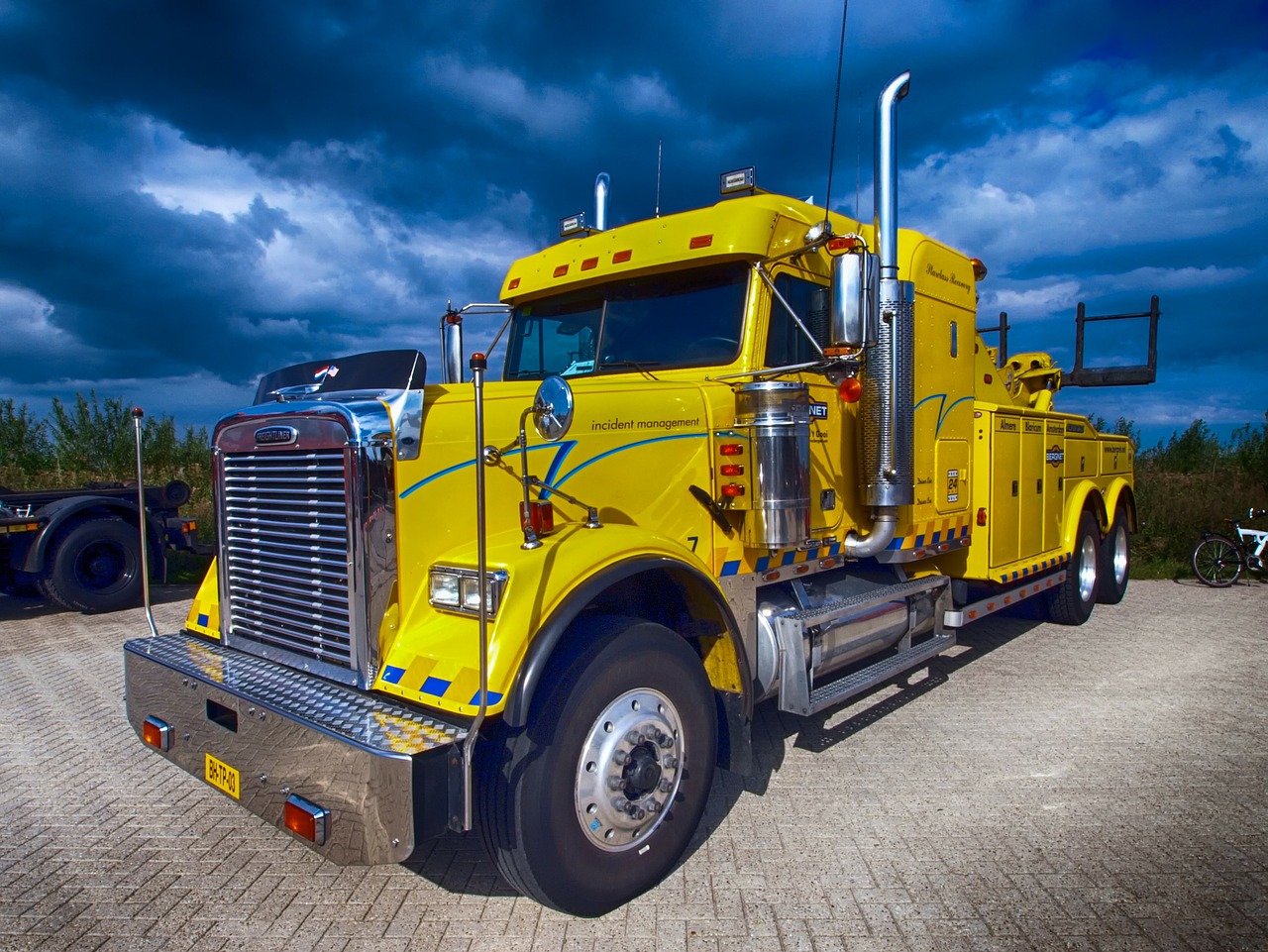
- Fiberglass Canopies:
- Pros: Most popular choice. Offer a sleek, custom-fit appearance, often paint-matched to your truck for a seamless look. Strong, durable, and relatively lightweight. Excellent insulation properties.
- Cons: Can be more expensive. Prone to cracking if severely impacted (though repairs are possible).
- Best For: Recreational users, those prioritizing aesthetics, general cargo protection.
- Aluminum Canopies:
- Pros: Lightweight, highly durable, and very strong. Excellent for heavy-duty use and commercial applications. Often more economical than fiberglass. Resist corrosion well.
- Cons: Less aesthetically pleasing, typically have a utilitarian, "tinny" look. Can be noisy due to vibrations.
- Best For: Work trucks, contractors, off-roaders, budget-conscious buyers prioritizing ruggedness.
- Steel Canopies:
- Pros: The ultimate in heavy-duty protection and security. Extremely robust, ideal for industrial use or securing very valuable equipment.
- Cons: Very heavy, can significantly impact fuel economy and payload capacity. Prone to rust if not properly coated.
- Best For: Specialized commercial applications, high-security needs.
- Soft/Canvas Canopies:
- Pros: Lightweight, easy to remove and store. Most affordable option. Offers basic weather protection.
- Cons: Less secure, minimal insulation, not as durable as rigid options.
- Best For: Temporary use, light cargo protection, occasional campers.
By Design & Functionality:
- Cab-High Canopies (Standard): Designed to be flush with the truck’s cab roofline.
- Pros: Maintain the truck’s original profile, good aerodynamics, clean look.
- Cons: Limited vertical cargo space.
- Best For: Everyday use, general protection, aesthetics.
- Mid-Rise Canopies: Slightly taller than the cab, offering a bit more headroom and cargo volume.
- Pros: Increased cargo capacity without significantly compromising aesthetics or aerodynamics.
- Cons: Slight increase in overall height.
- Best For: Balancing aesthetics with increased utility, light camping.
- High-Rise Canopies (Commercial/Walk-in): Significantly taller than the cab, maximizing cargo volume.
- Pros: Massive cargo capacity, ideal for standing or working inside, often designed with side access doors and shelving.
- Cons: Most impact on aerodynamics and fuel economy, less appealing aesthetically for some.
- Best For: Tradespeople, contractors, serious campers/overlanders, mobile service vehicles.
- Toolbox/Commercial Canopies: Feature integrated storage compartments, often with external access.
- Pros: Excellent organization for tools and equipment, enhanced security for specific items.
- Cons: Can be heavier and more expensive, interior space might be segmented.
- Best For: Professionals needing organized and secure access to tools.
- Pop-Up/Overland Canopies: Designed for camping, often featuring integrated rooftop tent systems or expandable living spaces.
- Pros: Transforms the truck into a comfortable, self-contained camping unit.
- Cons: Very specialized, often expensive, can be complex.
- Best For: Dedicated adventurers and overlanders.
Key Features to Look For: Customizing Your Canopy
Beyond material and design, a range of features can enhance your canopy’s functionality and user experience.
- Windows:
- Sliding: Allow for ventilation and easy access to the truck bed from the cab.
- Solid/No Windows: Maximum security and privacy.
- Tinted: Offers privacy and UV protection.
- Side Access: Lift-up or sliding side windows/doors provide easy access to cargo without climbing into the bed.
- Doors & Latches:
- Rear Door: Single or double-handle T-locks are common. Look for robust, automotive-grade locks.
- Side Doors: Essential for commercial applications, allowing access to tools without unloading.
- Lighting: Interior LED lights (battery-powered or wired to the truck’s electrical system) are invaluable for nighttime access.
- Roof Racks/Rails: Factory-installed or aftermarket roof racks dramatically increase carrying capacity for bikes, kayaks, lumber, or even rooftop tents. Ensure the canopy’s roof is reinforced for such loads.
- Security: Beyond basic locks, consider reinforced fiberglass, double-locking mechanisms, or alarm compatibility for high-value cargo.
- Ventilation: Vents (especially pet-friendly screened options) are crucial for airflow, preventing condensation, and ensuring comfort for animals if transporting them.
- Interior Finish: Carpeted interiors offer a more finished look, reduce noise, and help protect delicate cargo.
- Fit and Compatibility: This is paramount. Canopies are highly specific to truck make, model, year, and bed length. Ensure precise measurements and compatibility before purchasing.
The Installation Guide: Getting Your Canopy Mounted
While professional installation is often available and recommended for fiberglass canopies (due to their weight and potential for damage), a DIY installation is feasible for many, especially aluminum or soft tops.
- Preparation:
- Clean the Bed Rails: Thoroughly clean and dry the truck bed rails where the canopy will sit. Remove any debris, old weatherstripping, or sealant.
- Weatherstripping: Apply the provided weatherstripping along the bottom edge of the canopy or the truck bed rails. This creates a seal against water and dust.
- Positioning:
- Get Help: Canopies are heavy and awkward. Enlist at least one, preferably two, strong helpers to lift the canopy onto the truck bed.
- Align Carefully: Gently lower the canopy, ensuring it’s perfectly centered and aligned with the truck bed rails. Double-check alignment from all angles.
- Clamping:
- Secure Clamps: Most canopies use C-clamps or similar fastening systems that attach the canopy’s bottom lip to the truck bed rails.
- Even Pressure: Distribute the clamps evenly along both sides and the front of the canopy (typically 4-6 clamps for a standard bed).
- Do Not Overtighten: Tighten clamps just enough to secure the canopy firmly. Overtightening can warp the canopy, damage the bed rails, or crack fiberglass.
- Wiring (If Applicable):
- Third Brake Light: Connect the canopy’s third brake light wire to your truck’s brake light wiring. This usually involves tapping into an existing wire or using a plug-and-play harness.
- Interior Light: Wire the interior light to a constant 12V power source, often routed through the truck’s fuse box or a dedicated accessory wire.
- Professional Help: If you’re uncomfortable with wiring, consult a professional or an automotive electrician.
- Final Checks:
- Functionality: Test all lights, locks, and windows.
- Water Seal: Check for any gaps or areas where water might enter. Apply additional sealant if necessary.
- Drive Test: Drive a short distance, then recheck all clamps to ensure they remain tight.
Practical Advice: Patience is key. Take your time with alignment and clamping. A good seal and secure fit will prevent leaks and ensure longevity.
Maintenance and Care: Extending Your Canopy’s Lifespan
Proper maintenance will keep your truck canopy looking great and functioning flawlessly for years.
- Regular Cleaning: Wash your canopy regularly with mild soap and water, just like your truck. For fiberglass, use automotive wax to protect the finish.
- Lubricate Moving Parts: Periodically lubricate locks, hinges, and sliding window tracks with a silicone spray or light oil to ensure smooth operation and prevent seizing.
- Check Seals and Weatherstripping: Inspect the weatherstripping around the base, windows, and doors for cracks, wear, or compression. Replace damaged seals to prevent water leaks.
- Inspect Clamps: Routinely check the tightness of the mounting clamps, especially after off-roading or hauling heavy loads.
- Address Leaks Promptly: If you notice water leaks, identify the source (often a worn seal, unsealed bolt hole, or insufficient weatherstripping) and address it immediately with silicone sealant or replacement parts.
- Window Care: Keep window tracks clean to prevent scratching and ensure smooth operation. Use a dedicated glass cleaner for clear visibility.
Choosing the Right Canopy for Your Needs: A Decision Framework
Selecting the perfect truck canopy involves balancing your specific requirements with budget and aesthetic preferences.
- Define Your Primary Use:
- Work/Commercial: Focus on durability (aluminum/steel), side access, built-in storage, and high-rise designs.
- Recreation/Camping: Consider interior space (mid-rise/high-rise), ventilation, roof rack capacity, and interior finishes.
- General Protection/Security: Fiberglass, good locks, and appropriate window choices are key.
- Budget: Canopies range from a few hundred dollars for used or basic soft tops to several thousand for custom fiberglass or commercial models.
- Aesthetics vs. Functionality: Do you prioritize a sleek, paint-matched look, or is rugged utility your main concern?
- New vs. Used: Used canopies can offer significant savings but require careful inspection for damage, proper fit, and missing parts. New canopies come with warranties and customization options.
- Installation: Decide if you’re comfortable with DIY installation or prefer professional service.
Truck Canopy Price Guide (Estimated Ranges)
Please note: These prices are estimates and can vary significantly based on brand, specific features, region, installation costs, and market fluctuations. Always get multiple quotes from local dealers or online retailers.
| Canopy Type / Material | Key Features (Common) | Estimated Price Range (USD) | Notes |
|---|---|---|---|
| Soft/Canvas Top | Basic weather protection, roll-up sides, lightweight, easy removal | $200 – $600 | Most affordable, minimal security. |
| Basic Aluminum | Unpainted, solid sides, rear door, simple locks | $800 – $1,800 | Utilitarian, durable, common for work. |
| Mid-Grade Aluminum | Painted (white/black), sliding windows, interior light, roof rack ready | $1,500 – $2,500 | Improved aesthetics and features. |
| Entry-Level Fiberglass | Unpainted or basic color, fixed windows, rear door, basic locks | $1,500 – $2,800 | Good balance of looks and protection. |
| Mid-Range Fiberglass | Paint-matched, sliding/tinted windows, interior carpet, LED light, T-handle locks | $2,500 – $4,000 | Most popular category, wide range of options. |
| Premium Fiberglass | Custom paint-match, side access doors, power locks, reinforced roof, specific interior options | $3,500 – $6,000+ | High-end features, superior finish, specialized designs. |
| Commercial Aluminum | High-rise, side toolboxes/doors, ladder racks, heavy-duty construction | $2,500 – $5,000+ | Built for heavy use, often customizable. |
| Specialty/Overland | Pop-up, integrated rooftop tent platforms, extreme durability, modular design | $4,000 – $10,000+ | Highly specialized, premium features for specific uses. |
Frequently Asked Questions (FAQ) About Truck Canopies
Q1: Will a truck canopy improve my gas mileage?
A1: The impact is often minimal and debated. While a canopy can make a truck more aerodynamic by smoothing airflow over the bed, any gains are typically negligible (0.5 to 1 MPG) and can be offset by the added weight of the canopy itself and the cargo it carries.
Q2: Are truck canopies completely waterproof?
A2: Most well-installed canopies are highly water-resistant and will keep the vast majority of water out. However, they are not hermetically sealed. Minor leaks can sometimes occur around the tailgate, bed rail caps, or in extreme downpours. Proper sealing and maintenance can minimize this.
Q3: Can I install a truck canopy myself?
A3: Yes, it’s possible, especially for lighter aluminum or soft tops. However, fiberglass canopies are heavy and awkward, often requiring 2-3 people to safely lift and position. Wiring for lights may also require some basic electrical knowledge. Professional installation is always an option and ensures proper fit and sealing.
Q4: How much does a truck canopy weigh?
A4: The weight varies significantly by material and size:
- Soft tops: 20-50 lbs
- Aluminum: 100-180 lbs
- Fiberglass: 150-300 lbs
- Steel/Commercial: 250-500+ lbs
Q5: Can I transfer my canopy to a different truck?
A5: Rarely. Truck canopies are specifically designed to fit the exact make, model, year, and bed length of a particular truck. Bed dimensions, rail heights, and tailgate designs vary too much for universal compatibility.
Q6: How long do truck canopies last?
A6: With proper care and maintenance, a quality fiberglass or aluminum canopy can easily last 10-20 years, often outliving the truck it’s initially installed on.
Q7: Can I put a rooftop tent on any truck canopy?
A7: No. While many canopies can support roof racks, only those specifically designed and reinforced for the static and dynamic loads of a rooftop tent should be used. Check the canopy’s weight rating and consult with the manufacturer before mounting a rooftop tent.
Conclusion: Maximizing Your Truck’s Potential
A truck canopy is a transformative accessory that elevates your pickup from a simple hauler to a multi-functional workhorse, adventure vehicle, or secure storage unit. By understanding the various types, features, and the importance of proper selection and maintenance, you can choose a canopy that perfectly aligns with your lifestyle and needs. It’s an investment that offers unparalleled protection, organization, and versatility, ensuring your truck is always ready for whatever you throw at it – or into it. With a well-chosen and cared-for truck canopy, your pickup’s bed becomes a truly indispensable part of your mobile world.

